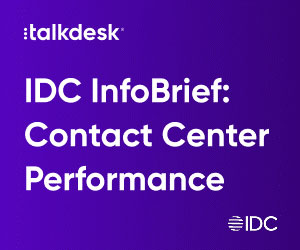Susannah Richardson explains why 60% of today’s phone volume comes from customers who couldn’t get an answer from the company’s website.
Despite many customer service executives still believing that their customers prefer to ask a question or resolve a problem via the phone, 60% of today’s phone volume comes from customers who couldn’t get an answer from the firm’s website.
This is shown clearly in a recent survey by Forrester that found web self-service to be the most widely used communication channel for customer service, overtaking traditional contact channels such as phone and email.
Most customers will visit a company’s website first
This highlights the growing customer need for quick and easy access to information and the demand for self-service tools. It is suggested that most customers will visit a business’s website first and if they cannot find what they’re looking for they will try self-service. If the self-service experience does not give them what they want immediately and accurately, they will either call the business or go elsewhere.
Self-service allows customers to find answers to questions any time of day or night. However, many organisations offering self-service tools via their website are not implementing these solutions properly and are therefore increasing the effort a customer has to put in to making an enquiry – rather than reducing customer effort.
Often when the self-service tool is unable to answer the customer enquiry, the customer has to then switch to another channel and start their enquiry all over again. However, making a customer pick up the phone after failing at self-service is one of the most likely reasons customers will find their interactions a hassle.
Whilst businesses are deploying virtual assistants or web self-service, they often introduce these as standalone solutions rather than integrating them with existing customer service channels. The issues come when the customer enters a request for which the automation engine has not been trained and is unable to answer and the interaction with the customer simply stops there. The customer then has to pick up the phone or another channel of choice and start from scratch, re-entering account information and password information and explaining their request.
The challenge is how to deliver a consistent and efficient service

Susannah Richardson
The challenge that organisations now face is how to deliver a consistent, efficient and easy-to-access service across all media types, channels and devices for an effortless customer experience.
Organisations need to blend self-service tools with their existing contact centre set-up. The result is, if self-service cannot resolve a customer request, there is a seamless hand-off to an agent to provide real-time assistance without a customer having to end their session and address their request via an alternative channel.
Organisations that create a low-effort service experience, helping their customers solve problems quickly and easily, are usually most successful at building customer loyalty.
With thanks to Susannah Richardson at mplsystems
Author: Megan Jones
Published On: 30th Sep 2015 - Last modified: 28th Nov 2018
Read more about - Archived Content, IFS







